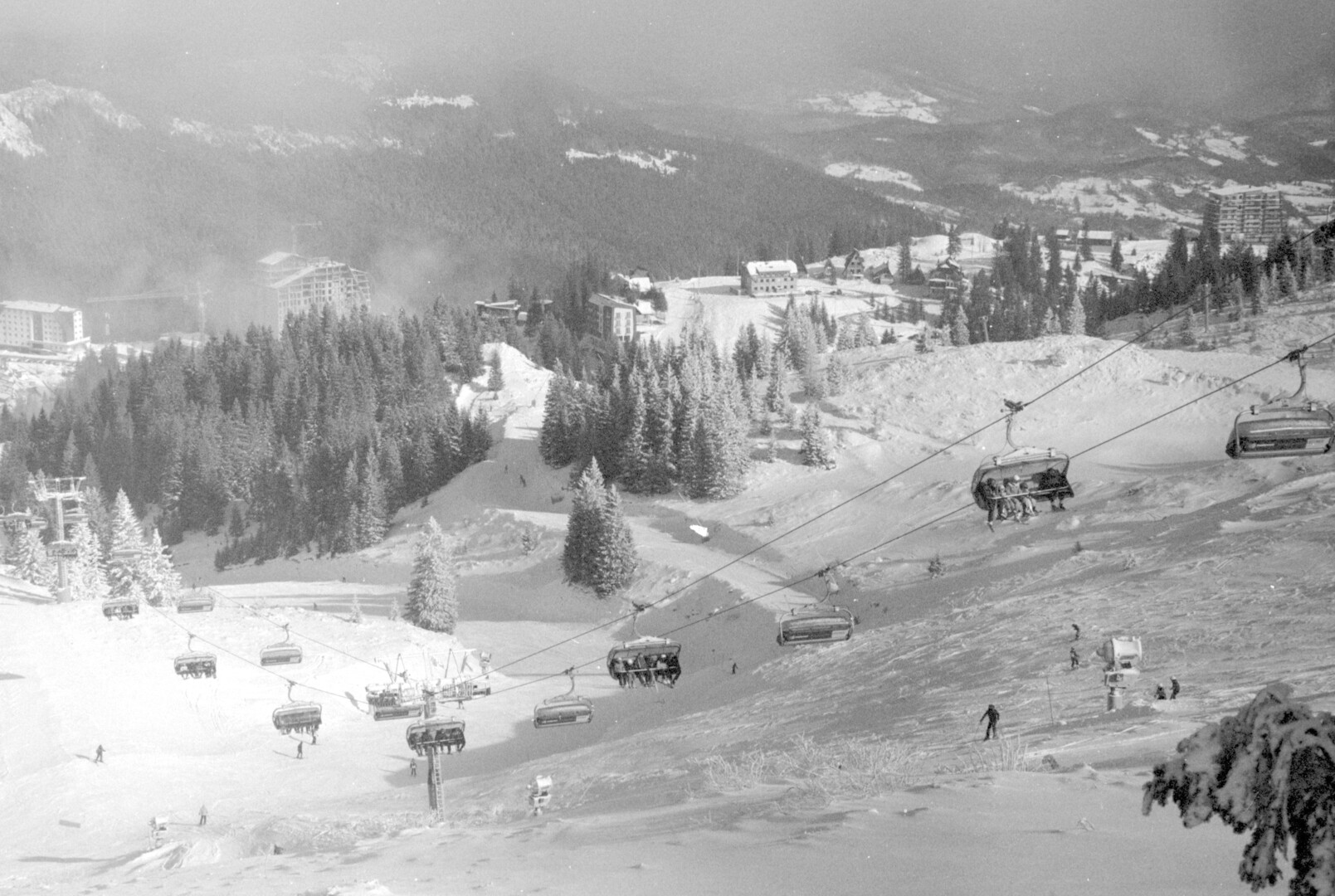
sem
According to the Movember Foundation, a leading men’s health organization and partner of UN Women, two-thirds of young men regularly engage with masculinity influencers online.
While some content offers genuine support, much of it promotes extreme language and sexist ideology, reinforcing the idea that men are victims of feminism and modern social change.
So, 2/3 of young men are risking to become incels, right? Because it is hard to imagine a young girl who is looking for a partner with hyperfocus on his own masculinity as well as a partner, who portraits himself as victim? That is sad...
He made a terrible crime and he is guilty, no doubts. I'm not trying to exceuse him! My point was that the problem is not in "bad nations", cause I'm very often see arguments like "all russians are war criminals", "all muslim are terrorists", "all Israelis are doing genocide", etc. For me the problem is not even in propaganda, because it looks like this russian did not know about the conflict at all three months before the event. The problem for me is there are too musch people on the planet, that are living on the edge and that are rejected by society. And to reduce an amount of people that are having lack of empathy we as a spice should work on inequality instead of again and again jumping into discussion what nation is bad and what nation is good.
His journey to that miserable stretch of front where Hodniuk died – to becoming Stalker – began in an orphanage in Gremyachinsk, a decayed old coal town about a thousand miles from Moscow on the way to Siberia. Orphaned at birth, Kurashov was raised in a group home. As a teenager, he got into a fight with a police officer and was imprisoned for assault. He served four years, but on his release he had no family, friends or place to live, so he became a vagrant. He began robbing summer houses and shops for food and money, he said, resulting in another imprisonment, this time in a remote penal colony alongside men serving life sentences for the some of the most brutal crimes.
Six months into that sentence, representatives from the Russian military came to the penal colony and told the convicts they had an opportunity to turn a new page in their lives. Kurashov still had five years to serve. "They told us you can have a clean slate, become a clean person," he said. "Just sign this contract and go."
"Go" meant to the "special military operation" in Ukraine. Kurashov knew little about it, he said, but he thought anything was better than five more years in the penal colony or being turned out into the streets at the end of his sentence. So he signed, and was taken immediately to a training camp in occupied territory in Ukraine.
Another proof of the Marxism idea that human nature is determined by material conditions surrounded it. There is no "bad russians", "bad muslims", "bad israelis", etc., there are only "people who had been pushed down by life and rejected by society, who were outside of society"...
Thanks for the explanation!
“But ultimately,” Trump said, “they have to make a deal (1) because otherwise they’re not going to be able to deal (2) in the United States. So we want them involved, but they have to ‒ and other countries have to ‒ make a deal (3), and if they don’t make a deal (4), we’ll set the deal (5).”
Why Trump uses the word "deal" so often? English is not native for me, so I would like to know, is there some hidden meaning in it?
AnCap is not only about economics, it is also an anti-statism movement, but Milei has lack of anti-statism philosophy. Even opposite, he is trying to collect the power and make state even stronger. And also, if one open, for example, Murrey Rothbard, this person would be surprised. A "father of libertarianism" promoted things like abortion rights, antireligious vision, fully open borders, critics of nationalism and nations, etc. Imo, Miley has nothing common with AnCap, he is just a follower of the Vienn economic school, like Thatcher in UK. And the same about Musk: he is just a right conservative, he has almost nothing common with ideas of Murrey Rothbard and libertarian philosophy.
There is also an option to use Android's QuickShare from MacOS: https://github.com/Martichou/rquickshare
Thank you again! I will try to reach an owner of the domain!
That is sad. I'm just a contributor who is liking the project and willing to contribute. I'm doing it in my free time, I'm not paid for it, I'm not making money on the project... Setting a nonprofit LLC is not an option for me, unfortunately. It would require to hire lawyers to make all the paperwork and yearly reports, I just do not have such capabilities... Thanks anyway for the answer!


Fedora Silverblue -- a very good balance of immutable distro and user friendliness. Stability and reliability of being immutable without low-level hacking like in Nix / Guix.